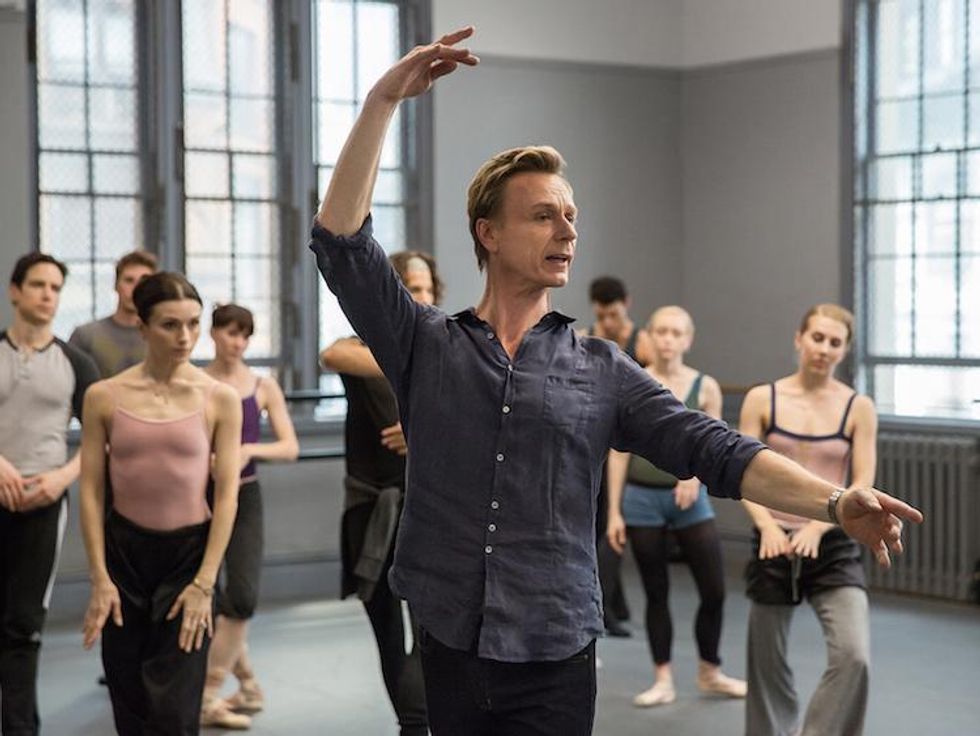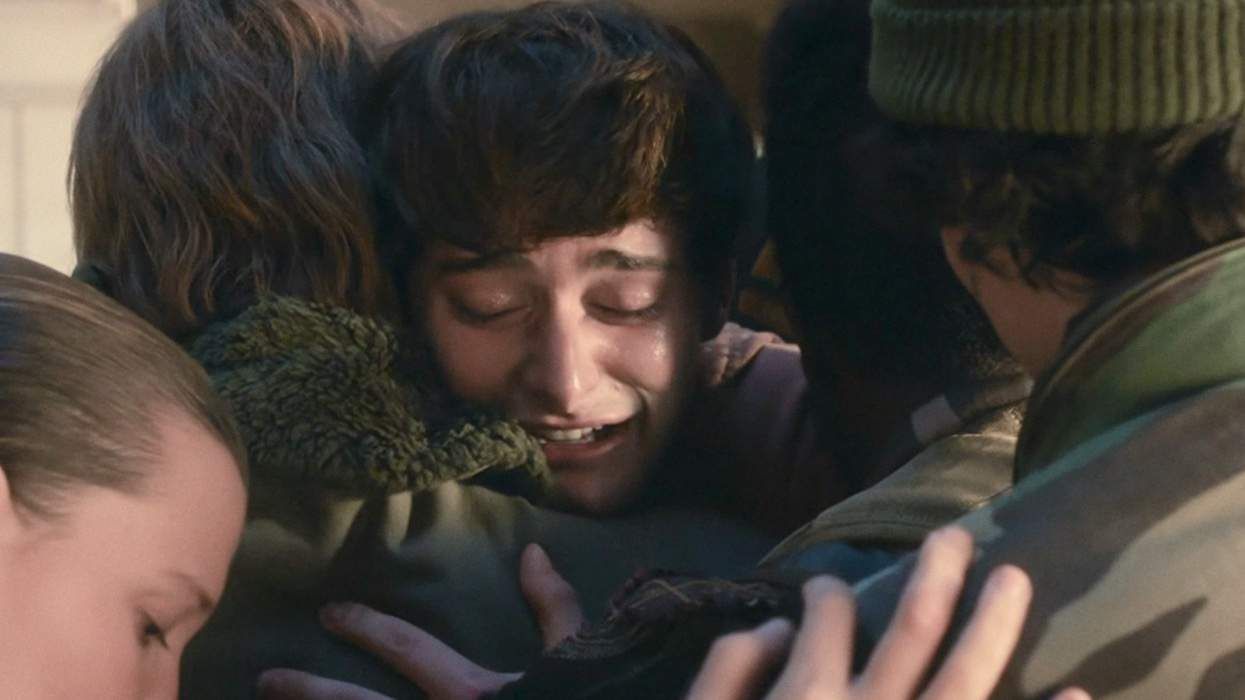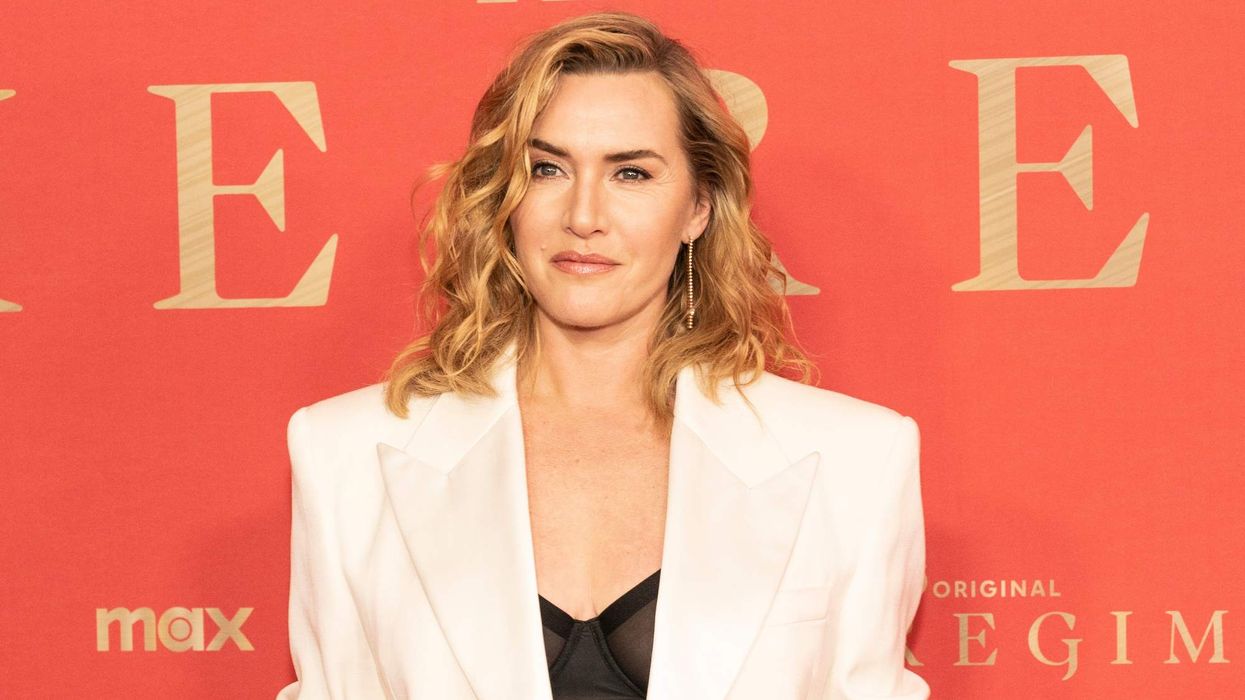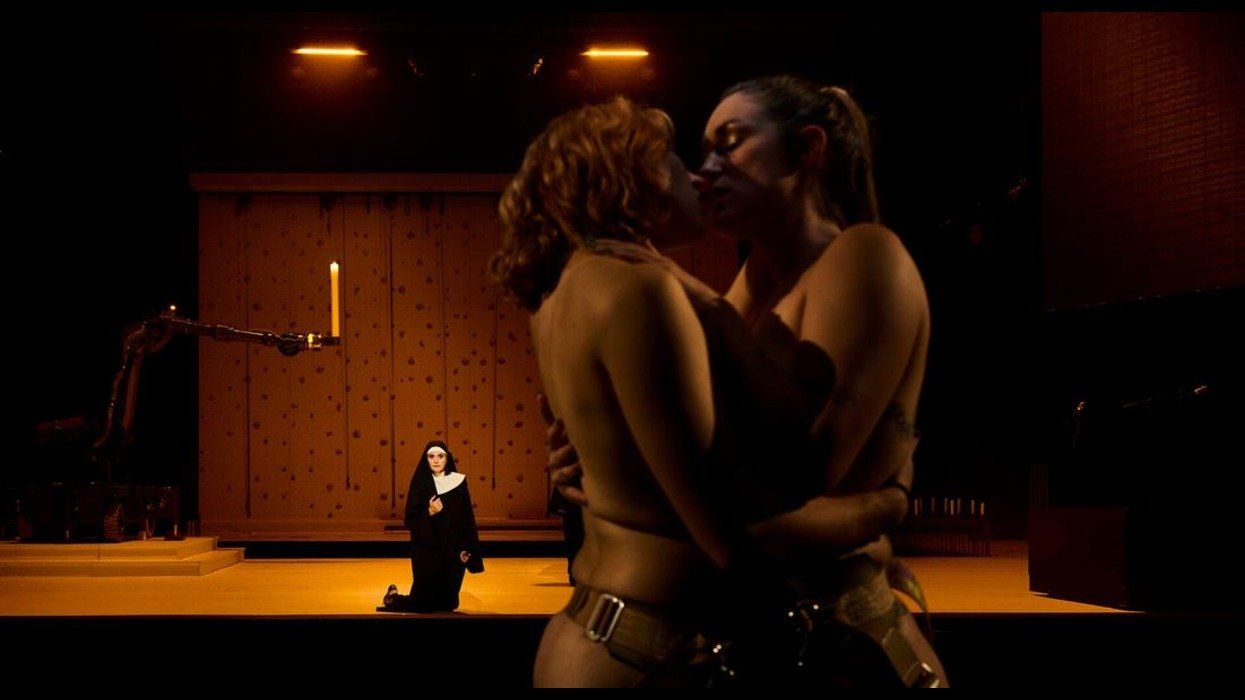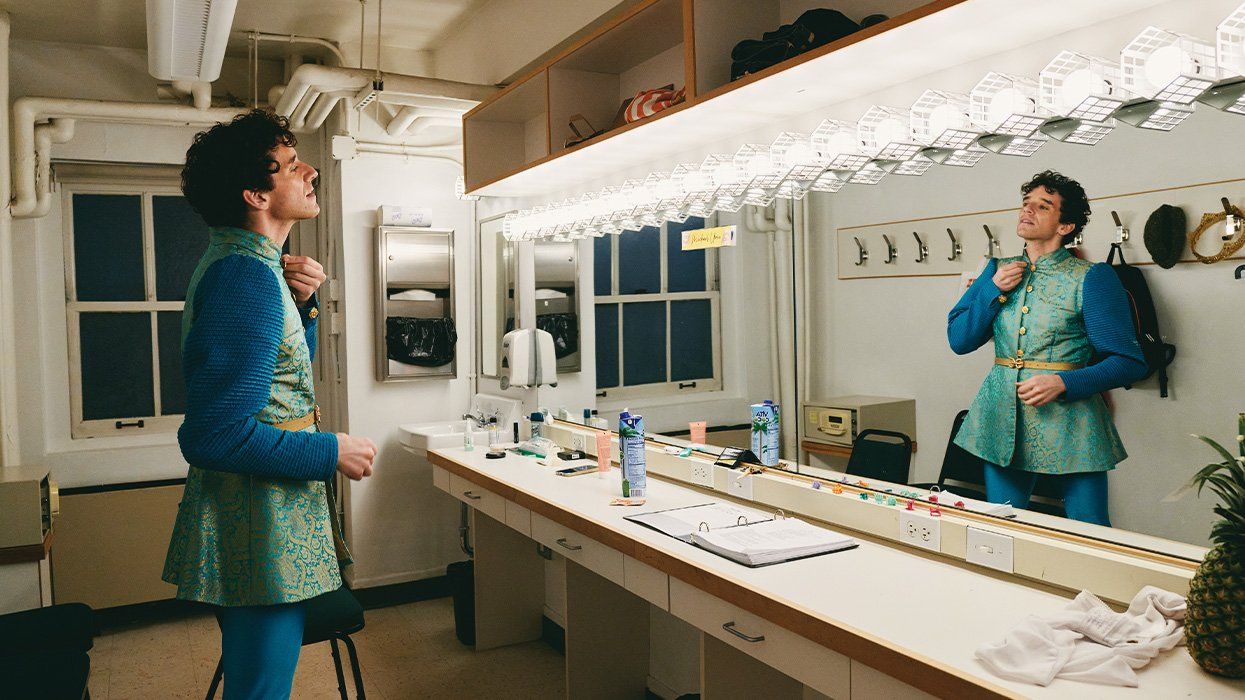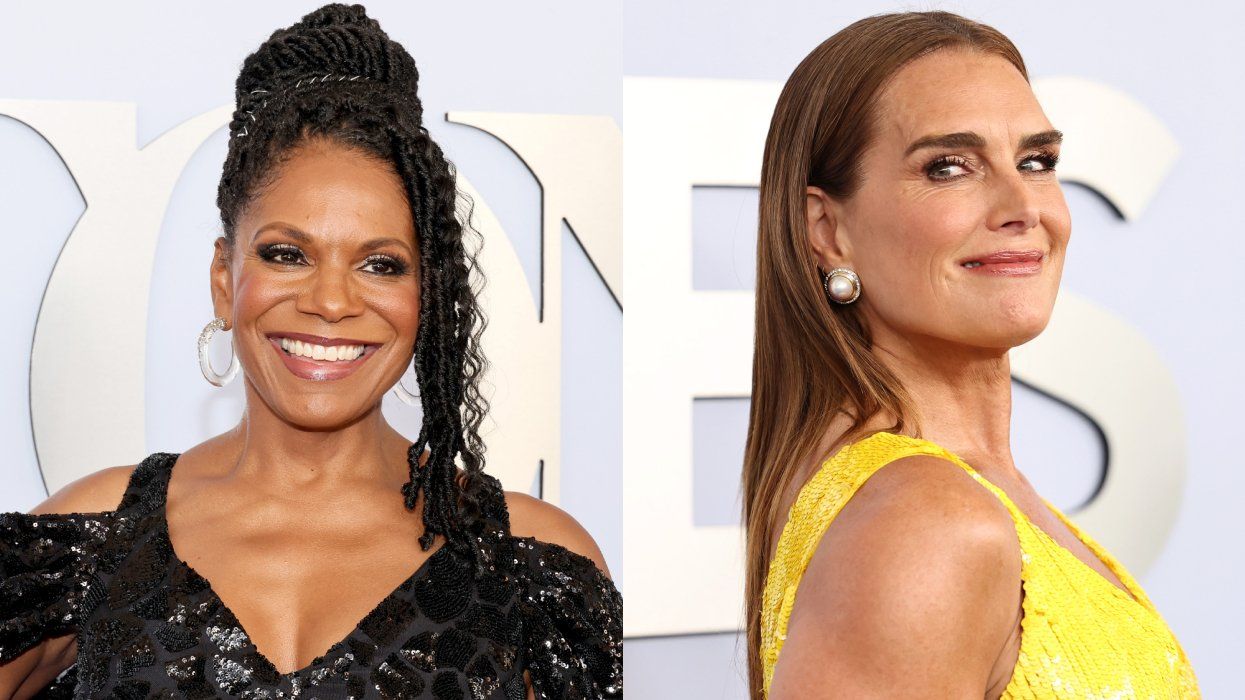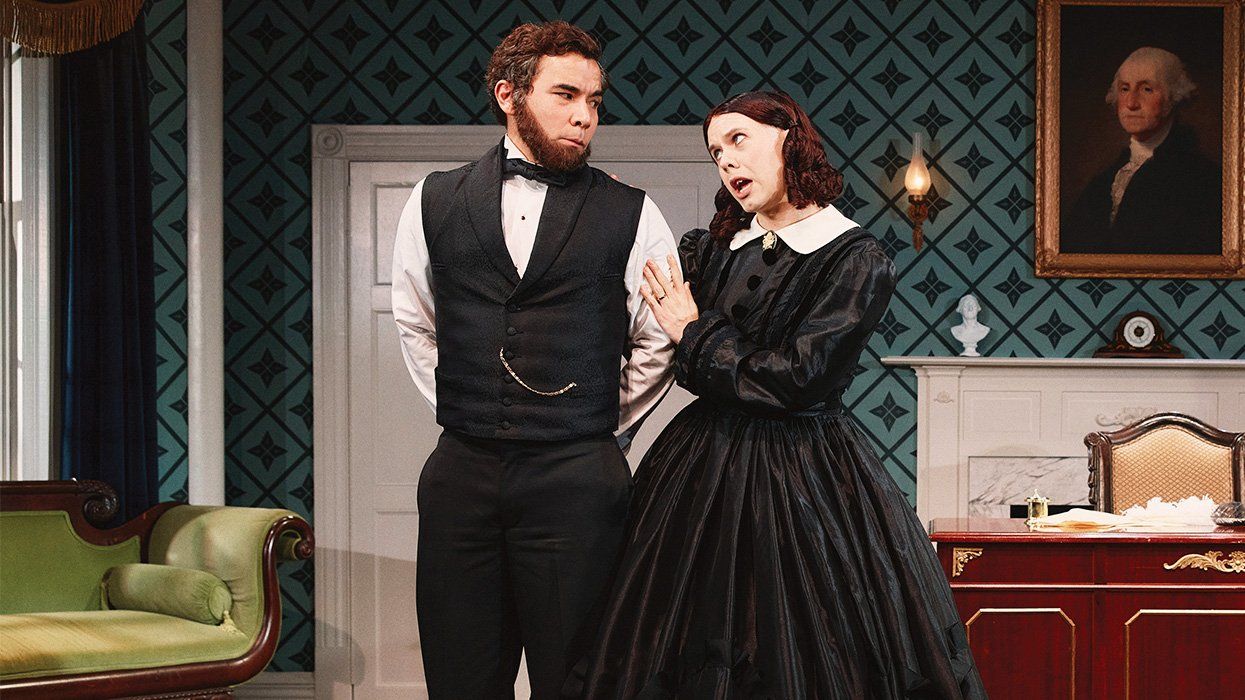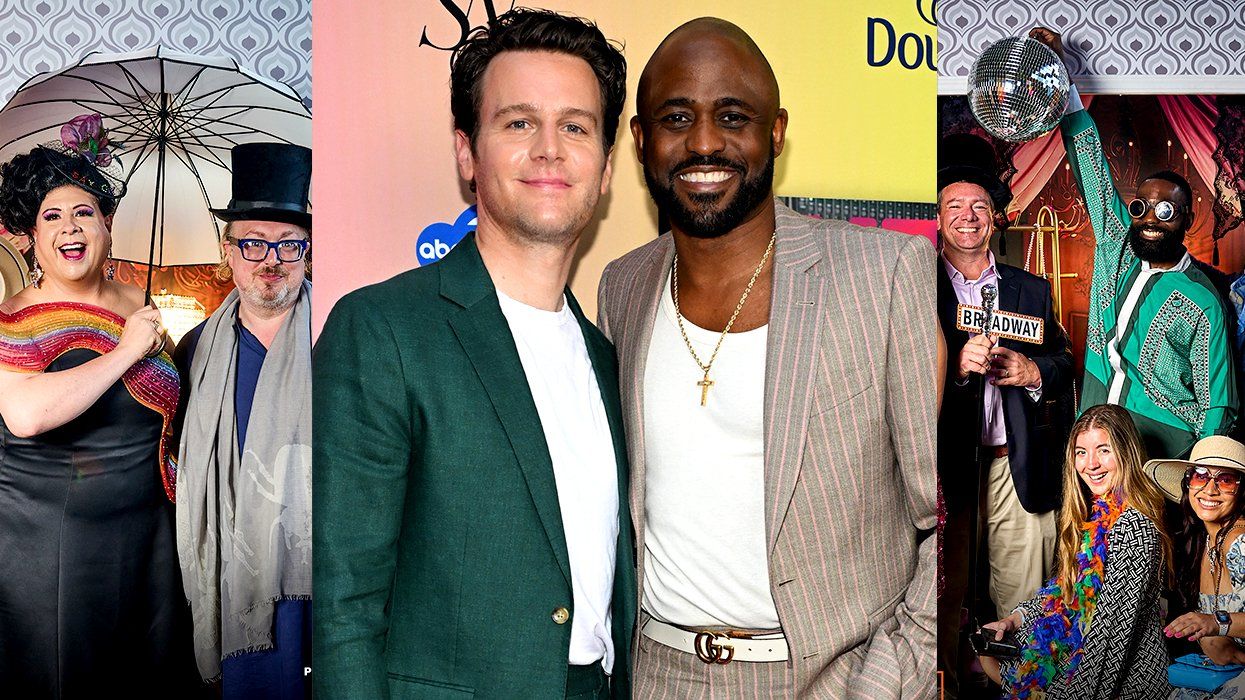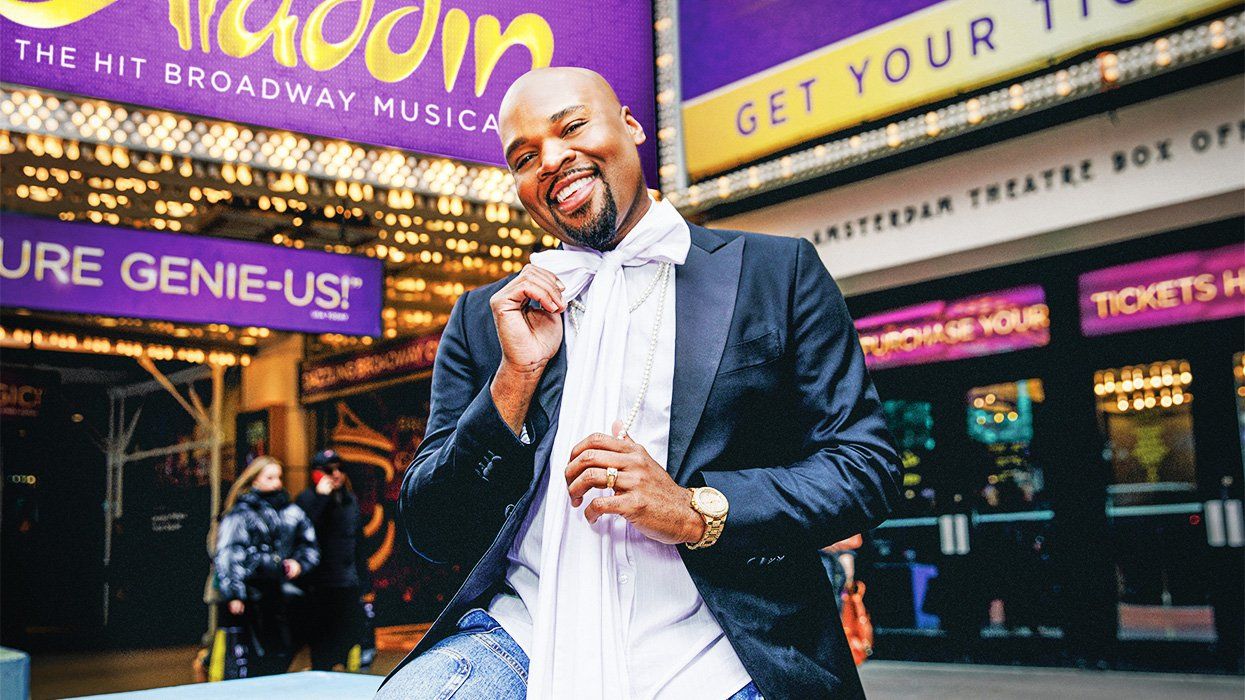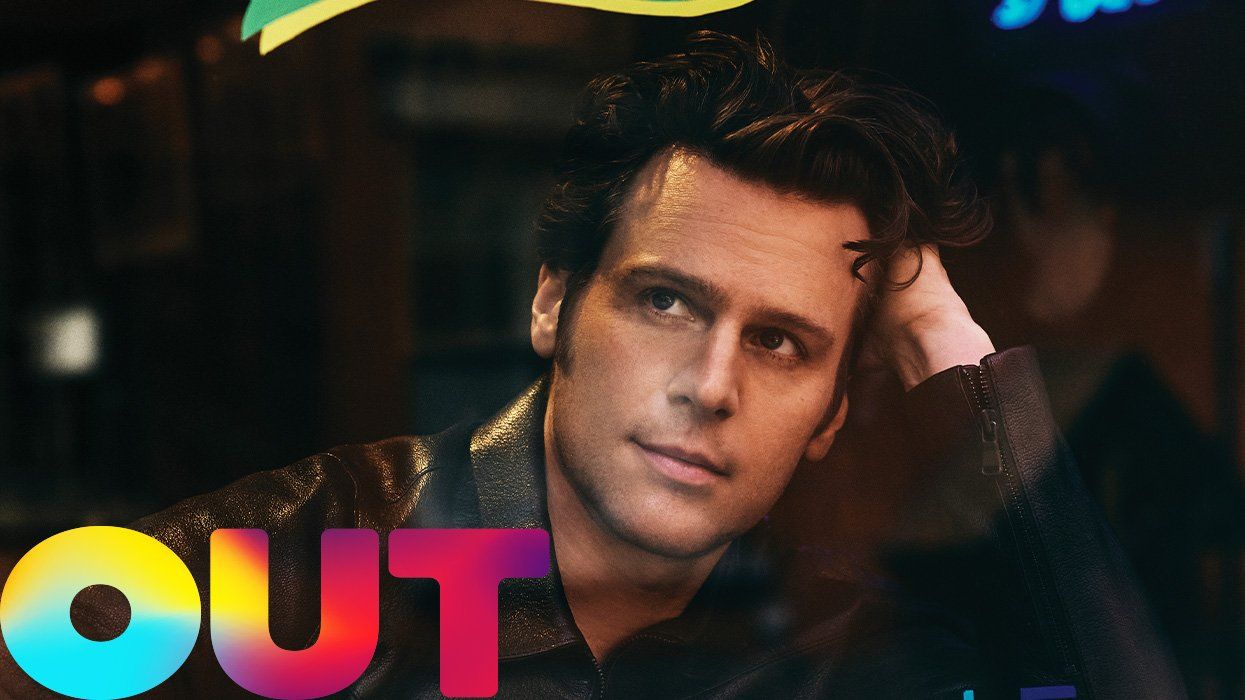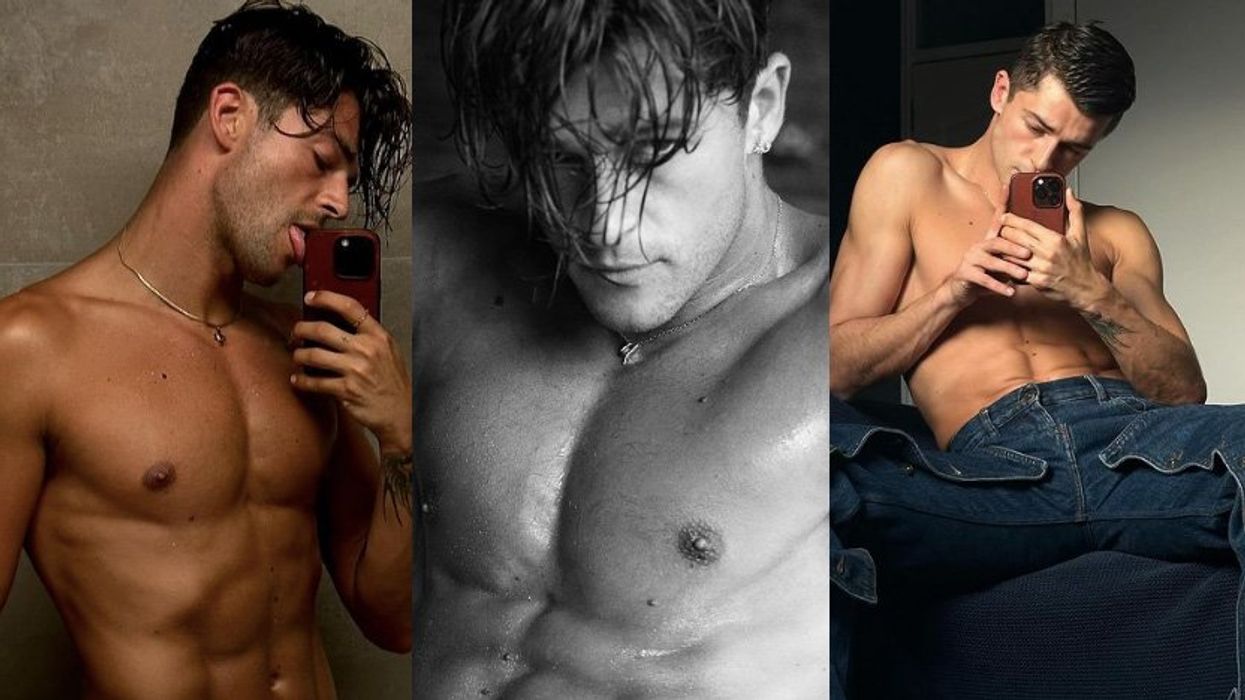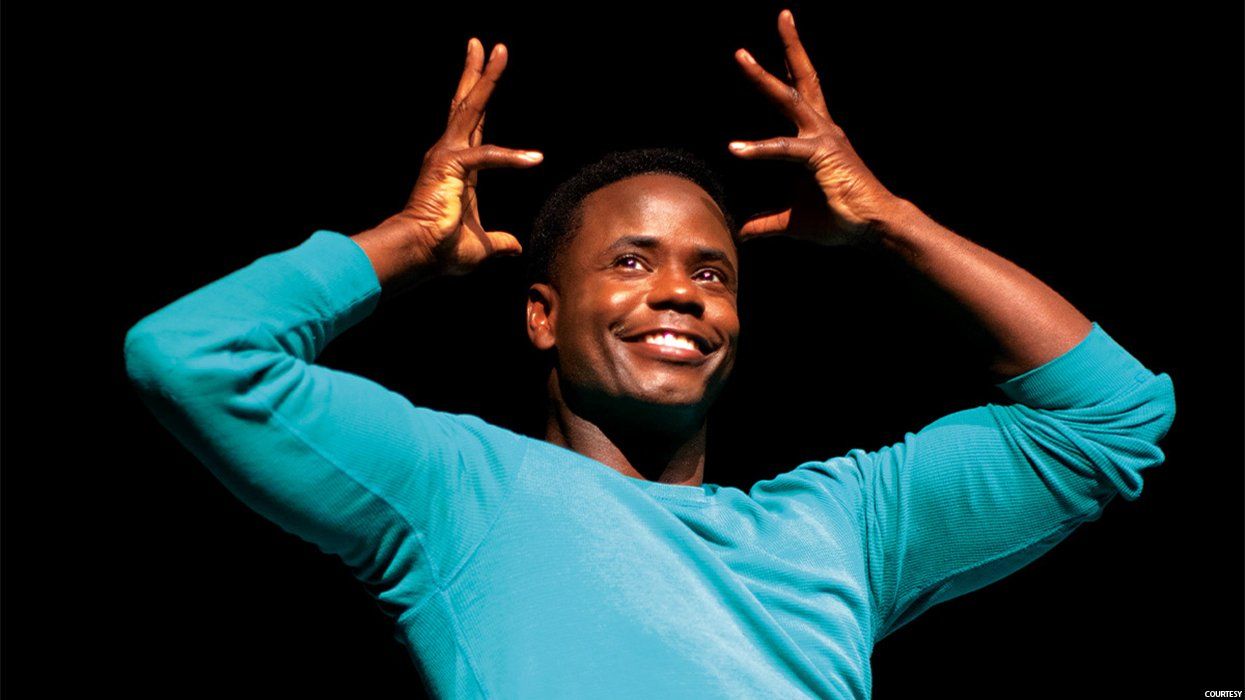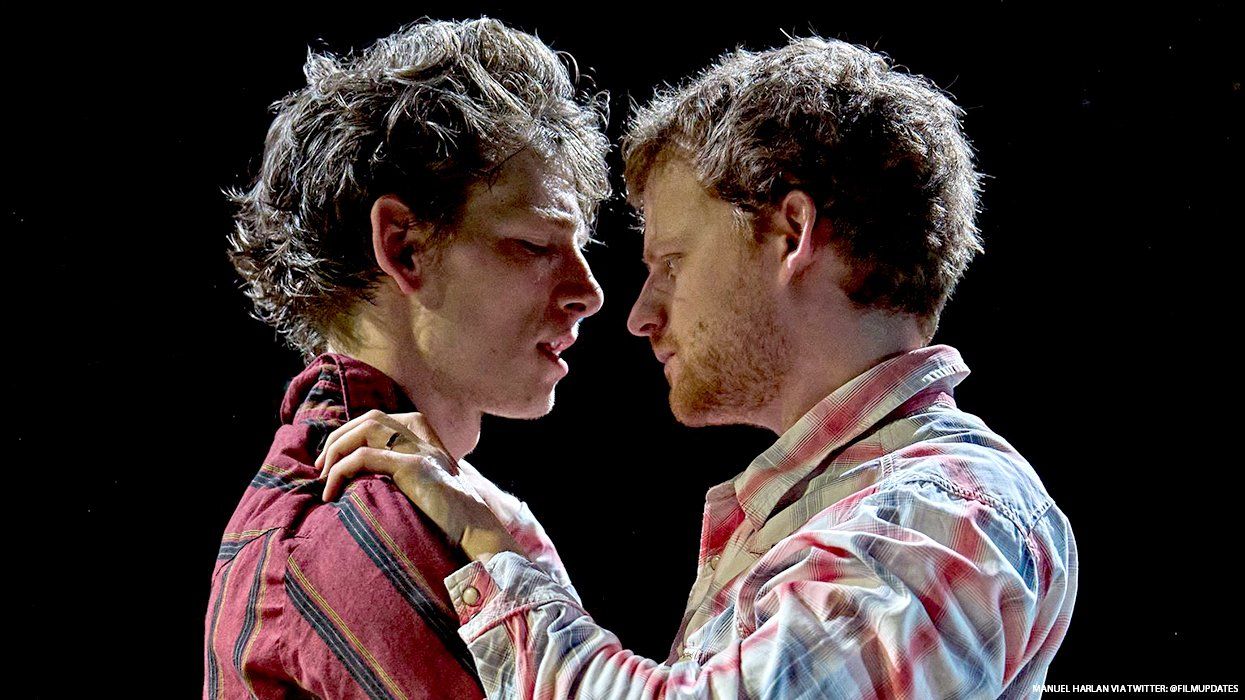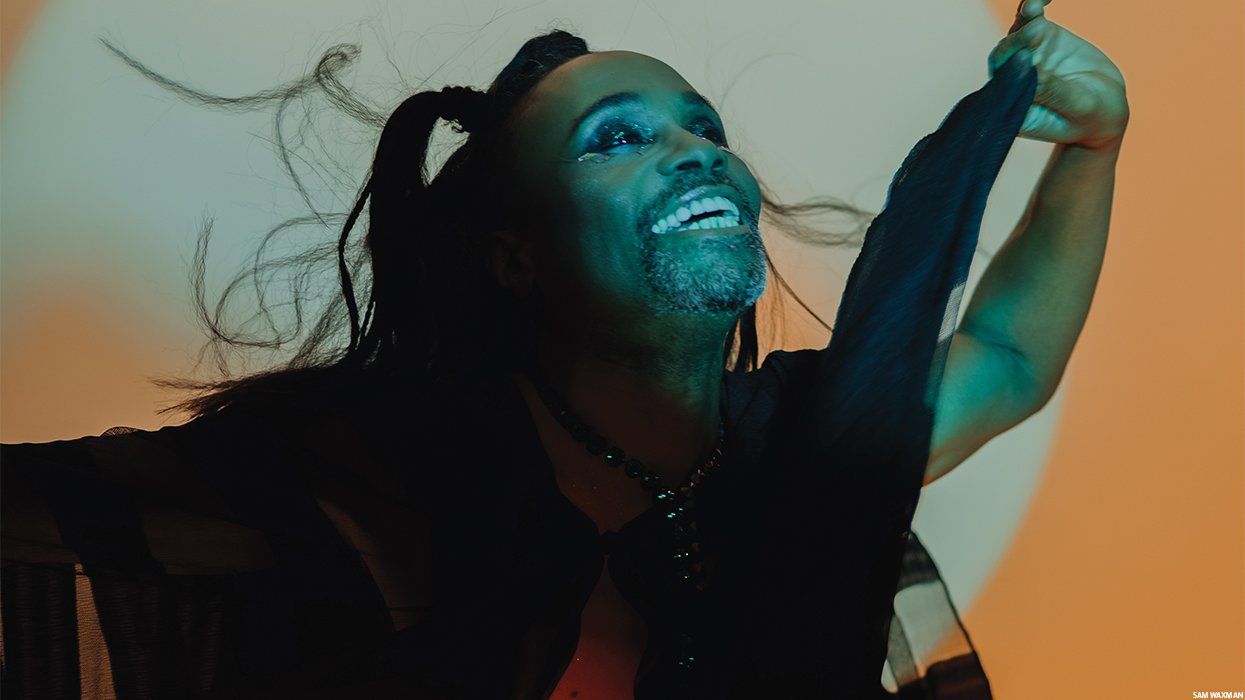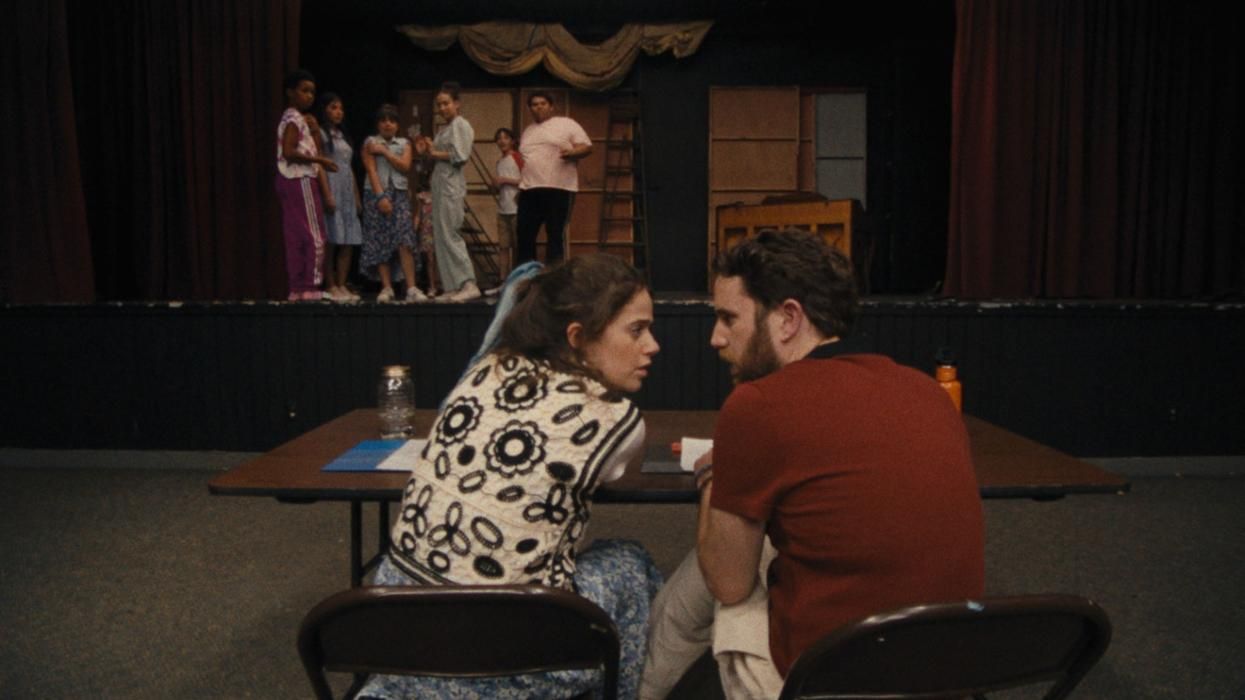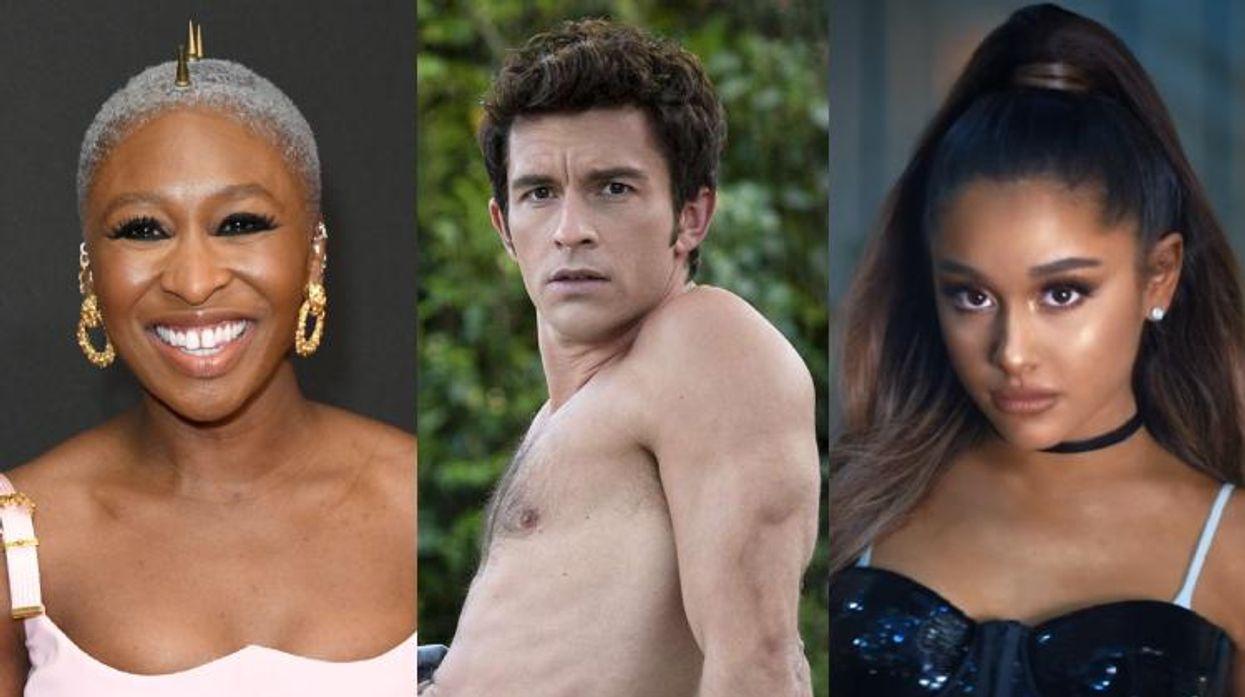Pictured: Sarah Hay and Sascha Radetsky in 'Flesh and Bone'
What is it about ballet that we don't trust? If its portrayal in film and TV is any indication, we take great pleasure in unmasking this seemingly pristine world to find tragedy or scandal or corrupted innocence behind the curtain. This is not a new fascination: Consider the classic 1948 film The Red Shoes, inspired by a Hans Christian Andersen tale of the same name written a century earlier, in which the titular footwear dance their wearer to death. It's fun to find danger in otherwise serene places.
Recently, our joy in exposing ballet's sinister side has taken more salacious form. Five years ago, the film Black Swan gleefully followed the shattering of a fragile ballerina. Audiences and critics delighted in seeing the art form of propriety and elegance smeared with sleaze. The new Starz miniseries Flesh and Bone, which premiered earlier this month, is cut of the same cloth -- set in the urban jungle of an elite New York ballet company and similarly obsessed by ballet's alleged devious underbelly.
Flesh and Bone borrows many of the same tropes that Black Swan used to spice up ballet: freaky family members, mental instability, drug use, jealousy, and sexual repression. But while Natalie Portman's protagonist in the film was certainly vulnerable, she didn't feel exploited the way Sarah Hay's character, Claire, and the other female dancers of Flesh and Bone do.
RELATED | Actor Ben Daniels on Flesh and Bone
From the first episode, many of the featured female characters, portrayed by professional ballerinas, get naked. One is introduced to viewers having sex. One works at a strip club on the side. In the first third of the series, there is almost as much dancing on poles in clubs as at barres in studios, and there is no male nudity. (In her review at Slate, Willa Paskin rightly bemoans the tradition of strip clubs as a "signifier of significance" in so-called serious dramas, and the peculiarity of one showing up in this series.)
The creator and writer of Flesh and Bone is Moira Walley-Beckett, an Emmy-winning writer of Breaking Bad. It matters that a woman is telling this story -- otherwise the ample display of young female flesh would be too easy to write off as misogynistic.
But maybe Walley-Beckett, who has a dance background and, judging by her Twitter feed, a deep respect for its minutiae, is trying to make a point. Maybe it's a metaphor, or a sly nod to ballet's carnal history -- a history largely forgotten in a culture where ballet is now the hobby of innocent young girls and, for most people, a fun holiday tradition. (Beware: The Nutcracker tidal wave approaches.)
But a century-and-a-half ago, ballerinas occupied "the lowest rung of the star system established during the 1840s," writes dance historian Molly Engelhardt in a paper on the legendary 19th century ballerina Marie Taglioni. "These dancers are remembered as being working class, prostitutes on the side, and dependent on male patrons who visited the Green Room at His Majesty's to study the bared breasts, exposed legs and choose a variety of ballet girl for their own private entertainment."
That description is explicitly echoed during a donor party scene in Episode 2 of Flesh and Bone. In language that would be at home in a Xtube clip, the company's artistic director makes clear to Claire, a young ingenue who recently joined the company, that her career is dependent on seducing a wealthy patron.
It is this world of "ballet-as-brothel" that the painter and sculptor Edgar Degas depicts in his celebrated series of ballet art -- work that we tend to regard as benign portraits of demure young women. Writing in Vanity Fair in 2002, John Richardson recounts the less-than-pure reality of Degas' ballet obsession and the sordid circumstances of Marie van Goethem, the 14-year-old model of his famed sculpture "The Little Dancer."
"This sculpture is not about adolescent cuteness," Richardson writes. "It's about guttersnipe grit and cheekiness." As if to acknowledge this history, a poster of a Degas painting hangs above Claire's childhood bedroom, a place where she, too, has been violated.
This erasing of the seedier side of ballet extends into the 20th century as well, and to the personal lives of iconic men who defined ballet as we know it today. George Balanchine, the revered master choreographer, was married four times; each of his wives was also one his dancers. He had many affairs with other dancers, too, often much younger than he. In the book Cultural Amnesia, the critic Clive James wrote, "The older [Balanchine] became, the more consuming his love affairs with his young ballerinas." In this light, the sexual pressures put on the female dancers of Flesh and Bone seem a mere continuation of a dark and secret tradition.
Clearly, though, the show is an exaggeration and a melodrama. (Often, it approaches camp.) Several dancers at an elite New York ballet company that I spoke with laughed at the show's outrageous portrayal of what goes on behind closed company doors (where apparently there is no HR department).
Ben Daniels in a scene from 'Flesh and Bone | Photo by: Patrick Harbron/Starz
And yet... When speaking with Ben Daniels, who plays Flesh and Bone's villainous artistic director, for Out he said that choreographers he interviewed and several of the dancers on set shared with him that such things do happen. He would ask, "Is this out of the ordinary? Would this happen? And then people would start telling me stories. I mean, the people that I asked said it goes on."
(Some have gone public with allegations: In 2013, Anastasia Volochkova, a former dancer with the Bolshoi Ballet, told the BBC that the company was a "giant brothel." "The girls were forced to go along to grand dinners and given advance warning that afterwards they would be expected to go to bed and have sex," she claimed.)
So maybe it is this persistence of the sexual subjugation and expectation of women, not just in ballet but in the workplace in general, that inspired Walley-Beckett to explicitly dramatize its impact from the point of view of a young heroine. It seems to reflect personal experience as well: "Has it been implied that it would be appropriate for me to prostitute myself to a person in a position of power in order to get a job? Yeah. Sure," she told the New York Times in a recent interview.
In an assessment of the series at Vulture, Alissa Wilkinson intriguingly compares Flesh and Bone to a gothic fairy tale, pointing out parallels in Claire's story arc with that of many Romantic ballets. In terms of explaining the melodrama, she's right.
But perhaps more accurately, if almost accidentally, Flesh and Bone follows the arc of ballet as an art form in which women were once exploited and, though respected and protected now, still struggle to assert themselves in a world where male dancers -- that rare specimen - are coddled and male choreographers and administrators still hold disproportionate power. (This spring, Siobhan Burke, writing in the New York Times and continuing an ongoing discussion, called out New York City Ballet for not including any female choreographers in a festival of new work.)
None of this makes Flesh and Bone a good show -- it has received mostly mixed to negative reviews from critics and audiences -- and none of it excuses what still feels like gratuitous female nudity, an unnecessary strip-club subplot, a lazy reliance on a kitchen sink of dramatic cliches and the well-tread titillation of looking up ballet's tulle tutu. But look at it as a kind-of retelling of ballet's sordid early days, or a plea for female empowerment in that world -- not just individually but institutionally -- and it suddenly seems a little less outrageous.



